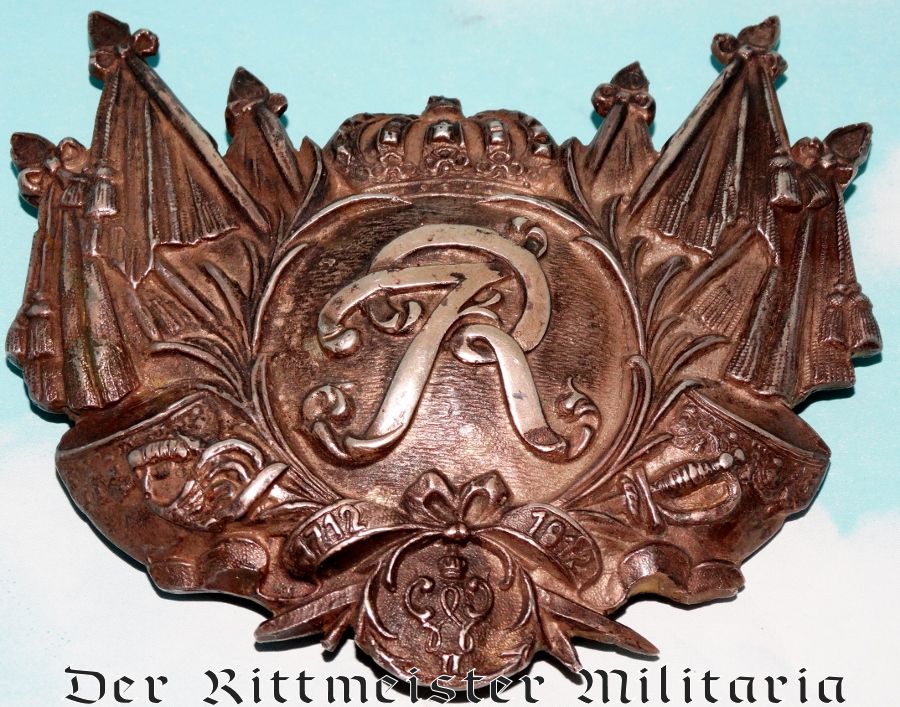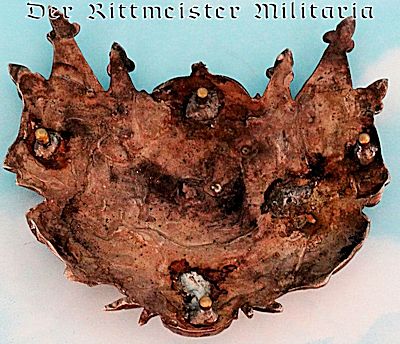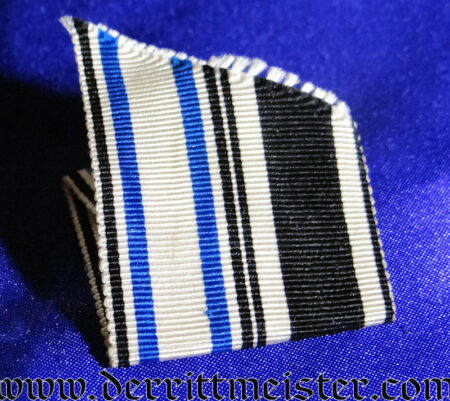Description
The Garde du Corps was the Prussian and Imperial German Armies’ most elite regiment. It served as the König/Kaiser’s personal guard, having been founded in 1740 under König Friedrich der Große’s auspices. It remained the Prussian Army’s supreme regiment through König Wilhelm I’s time, and retained its privileged position when he was created the German Empire’s first Kaiser. [It was quite common to see Kaiser Wilhelm II in the Garde du Corps (GdC) uniform, complete with the massive parade eagle atop his metal helmet]. The GdC was also a Küraßier-Regiment that served as Prussia’s heavy cavalry. As heavy cavalry the officers and troopers were equipped with heavy küraßes that covered their wearers’ fronts, backs, and sides. These breastplates were helpful during the 18th and early 19th Centuries when the GdC primarily participated in mounted charges against enemy Kavallerie and Infanterie units. Swords were ineffective against the metal küraßes, but pistols and muskets could disable or kill. With the evolution of rapid firing rifles and revolvers, the küraß was pretty much relegated to parades by the mid-1800’s.
The GdC’s küraß was the most elaborate among Küraßier-Regiments, and came in two varieties. Their original küraß was gold-toned. They were gifted with an all-black version by Russia’s Tsar Alexander in gratitude for Prussia’s assistance during the Napoleonic Wars. The black küraß was reserved for use during the GdC’s Spring Parade.
Our offering today is the küraß’s center emblem that was attached to the küraß’s front. It measurers 4 ½” x 4 ½,” is quite hefty for its size, and weighs 7.7 ounces. It is silver-toned, but is NOT made of silver. Its reverse boasts four screws soldered in place, which were placed through the küraß’s corresponding holes. Nuts and washers then secured the emblem in place. Its obverse displays a Prussian Crown at the top. Beneath that is a busy montage of furled banners and other designs encircling König Friedrich der Große’s royal cypher (honoring his founding of the regiment). Below that is a 1712-1912 banner that sits above Kaiser Wilhelm II’s royal cypher. It will make a fine display item for any collection.





